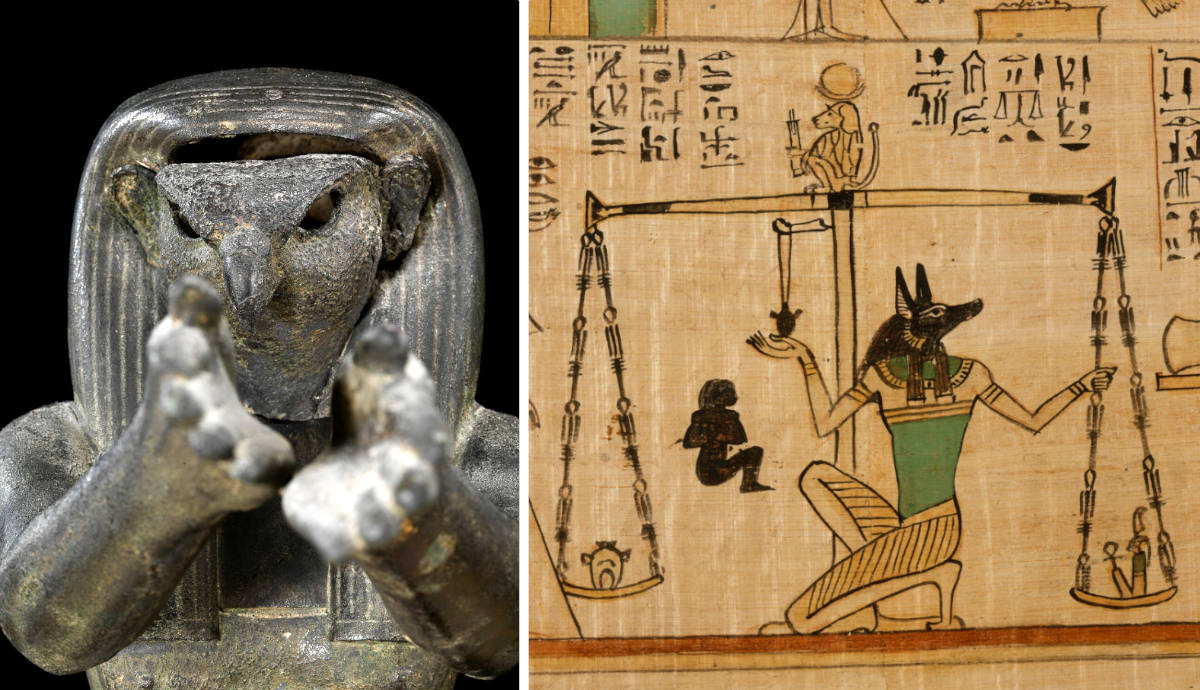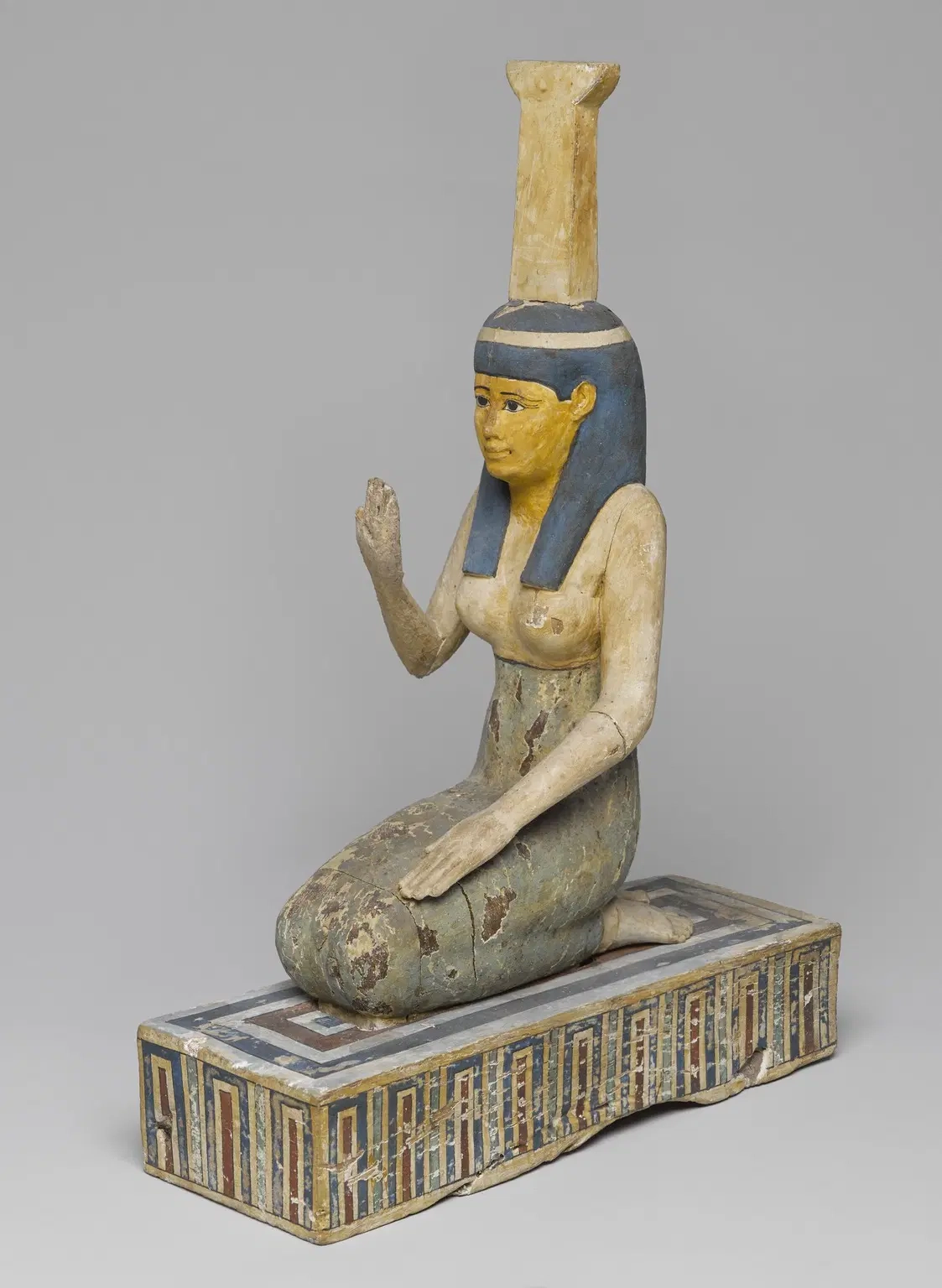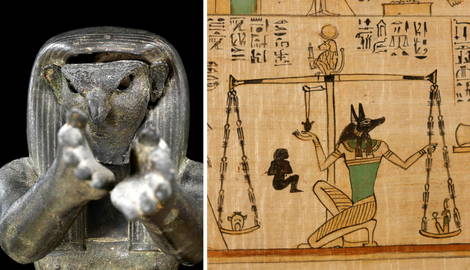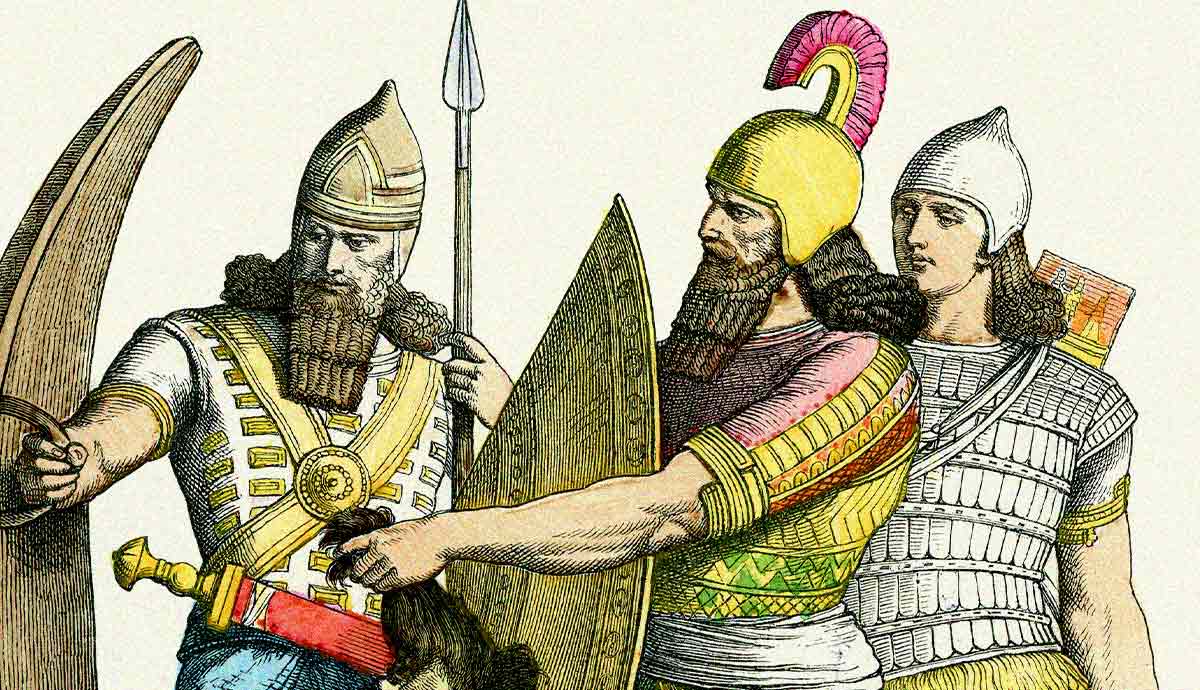
The ancient Egyptians worshipped a complex pantheon of deities, with the names of more than 2,000 gods surviving. Individual regions had their own gods, some of which rose to prominence as the cities where they were worshipped became politically influential, and some were even worshipped beyond Egypt.
Meet 16 of the most important gods from ancient Egypt that were widely worshipped and shaped how the ancient Egyptians understood their world.
16. Taweret – The Hippopotamus Goddess of Fertility

Many ancient Egyptian deities were associated with local animals and depicted as that animal, or with a human body and the head of an animal. Tawaret was one such goddess, depicted as a hippopotamus, and associated with fertility, childbirth, and the protection of children. She inspired individual piety and was featured on many decorative household items such as plates, bowls, and family keepsakes. Her consort was the god Bes, another fertility god associated with humor and sexuality.
15. Bastet – The Protective Cat Goddess

Cats were sacred in ancient Egypt, as evidenced by the number of mummified cats that have been found. Bastet was the cat goddess, considered a protectress who could ward off evil and misfortune. The eclectic nature of Egyptian religion meant that there was significant crossover between some of the gods, and Bastet was often identified with the lioness goddess Sekhmet and the cow goddess Hathor, who were all seen as daughters of the sun go Ra and sometimes acted as his enforcer.
14. Sobek – The Crocodile Guardian of the Nile

Sobek was associated with the fearsome Nile crocodile, but he was considered a protective deity and the guardian of the life-giving river. Some inscriptions say that the great river flowed as Sobek’s sweat. He also held sway in the fields of medicine, surgery, and unexpected death. In the Middle Kingdom, Sobek fused with Horus to be a protector of pharaohs. His temples held live crocodiles that were often mummified after they died.
13. Hathor – The Cow Mother Goddess

In early times, Hathor was one of the most important female deities, associated with the cow and considered a mother goddess. The daughter of the sun god Ra and the consort of the ruler Horus, she was the lady of the sky and the protector of pharaohs. She was also the patron of joy, celebration, and love. Hathor used a sistrum, a musical percussion instrument, to drive evil from the land and inspire goodness. She was instrumental in helping people transition towards the afterlife, helping Ra in his nightly battle as he drives his sun barge through the underworld. Hathor was later eclipsed by Isis.
12. Anubis – The Jackal God of Mummification

Anubis was the lord of the underworld in early Egypt, depicted as a jackal, as these animals frequented cemeteries. He was later eclipsed by Osiris and became more specifically associated with mummification, helping Isis develop the art to resurrect Osiris. Anubis also played a key role in the weighing of the heart ceremony that determined whether the dead could pass into the afterlife.
11. Thoth – The Ibis God of Truth and Wisdom

Thoth was the god of integrity, truth, writing, wisdom, magic, and the moon, associated with the ibis and baboon. Thoth invented hieroglyphs and acted as a record keeper for the gods. He was involved in many different myths but was commonly connected to Ma’at as his consort and Seshat as his father. The 18th dynasty pharaoh Horemheb saw Thoth as his personal deity because he was a scribe and administrator before becoming pharaoh.
10. Sekhmet – The Vengeful Lioness

The warrior goddess Sekhmet was a lioness clad in blood red. She was the goddess of destruction and pestilence, sent by her father Ra to punish humans when he deemed it necessary. In keeping with the Egyptian theme of balance (ma’at), Sekhmet could also cure plagues and stop the hazardous desert winds. She helped protect pharaohs and accompanied them to the afterlife. The great warrior pharaoh Ramesses II depicted Sekhmet as his patroness.
9. Ptah – The Creative Craftsman

Ptah was venerated as the Egyptian god of construction, builders, and craftsmen. He was the god of Memphis and rose to importance when the city was politically influential. Ptah was the husband of Sekhmet and father of Nefertum, forming the “Memphite Triad.” Ptah also moves through the histories in different aspects, being linked to the fertility god Bes and the creator Amun. The vizier Imhotep, who built Djoser’s Step Pyramid in the 4th Dynasty, was later named a god and son of Ptah.
8. Amun, Mut, and Khonsu – The Theban Triad

The important city of Thebes also had an important triad of deities consisting of Amun, his wife Mut, and son Khonsu, the god of the moon. The Triad was central to daily life in Thebes and the focus of the festival of Opet, in which they moved from their own temple at Karnak to the Luxor Temple for a period of 24 days of celebration. Amun then became a unifying national god after helping quell the rebellion of the Hyksos and merged with Ra to form Amun-Ra.
7. Ma’at – The Goddess of Harmony

Ma’at was the goddess of harmony, balance, justice, and truth. She guided Egyptian pharaohs to rule wisely and people to live according to her laws of balance and harmony. She was often depicted as a crowned woman with an ostrich feather in her hair. Ma’at regulated the seasons and was responsible for the stars and moon and for making order out of chaos. When an Egyptian died, they were delivered to the Hall of Truth, where their heart was weighed against the feather of Ma’at.
6. Seth – The God of Chaos

Seth was the god of chaos, destruction, storms, and trickery, associated with the dangerous and desolate deserts that surround the Nile Valley. His most famous role in mythology was as the nemesis of Osiris and Horus, first killing his brother Osiris to usurp his leadership position, and then contending with Horus for rulership of the world. Despite a villainous role, Seth was seen as essential to balance and an important god worthy of veneration.
5. Nephthys – The Shadow Goddess

Nephthys held many responsibilities, including goddess of night, mourning, childbirth, rivers, and the home. She was considered the dark aspect to balance her twin sister, Isis. Nephthys was the consort of Set and the mother of Anubis. She played an essential role in the story of Osiris, helping Isis resurrect her husband and then mourning him alongside her sister. She also helped nurse her nephew Horus, making her a protector of the pharaoh, who was seen as Horus on earth.
4. Osiris – The God of the Underworld

Osiris was the ruler of the underworld. He was initially the ruler of the universe but was murdered by his jealous brother Seth. His wife, Isis, used her magic to resurrect her husband and impregnate herself with his seed to have their son Horus, who would take up Osiris’ former leadership role. But the resurrected Osiris was only restored to a half-life, so he could not return to the universe. Instead, Isis created the underworld for him, which created the afterlife for all. Osiris was also the lord of fertility, agriculture, and alcohol, representing the important agricultural cycle.
3. Isis – The Goddess of Magic

Isis rose to prominence as the most important goddess capable of working powerful magic. It was Isis who resurrected Osiris and created the underworld. She was also linked to kingship in the role of both wife and mother. As she rose to prominence during the Middle Kingdom, she absorbed the powers and responsibilities of other goddesses, such as Hathor. Isis became so powerful and popular that she was exported internationally. She was popular in Rome, and there is evidence that she was worshipped as far away as Roman Britain.
2. Horus – The Divine Pharaoh

There are two versions of Horus despite being represented in the same fashion. Horus the Elder was the god of kings and the sky and brother to Osiris, Isis, Set, and Nephthys. He was one of the most important gods in early Egypt, even depicted on the Narmer Palette of the first pharaoh. Horus the Younger was the son of Osiris and Isis, who took revenge on Seth for his father and became the universal ruler. The pharaoh was seen as the mortal Horus. He is one of the most recognizable gods of Egypt, depicted as a falcon or a falcon-headed man.
1. Amun-Ra – The Most Powerful God

Ra was the ancient god of Heliopolis who represented the sun and light. Amun was the “Hidden One” who created the entire world, principally worshipped in Thebes. As these gods vied for prominence, they became closely associated and, during the New Kingdom, combined to form Amun-Ra (or Amun-Re). He was the greatest god of Egypt, who brought the sun, light, and creation daily to the entire world.










